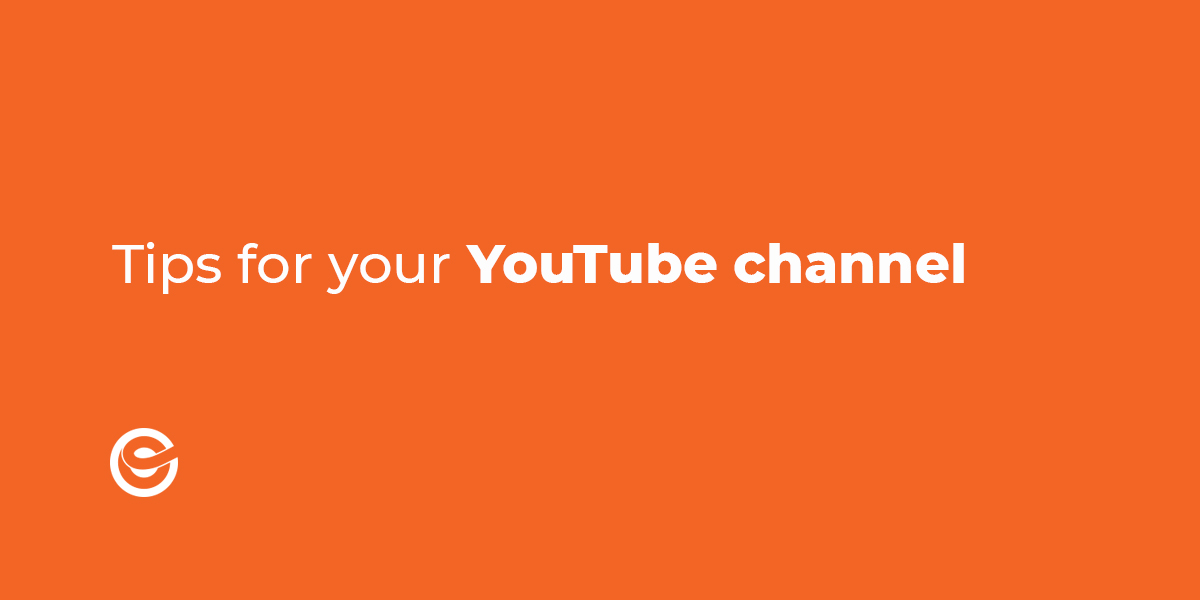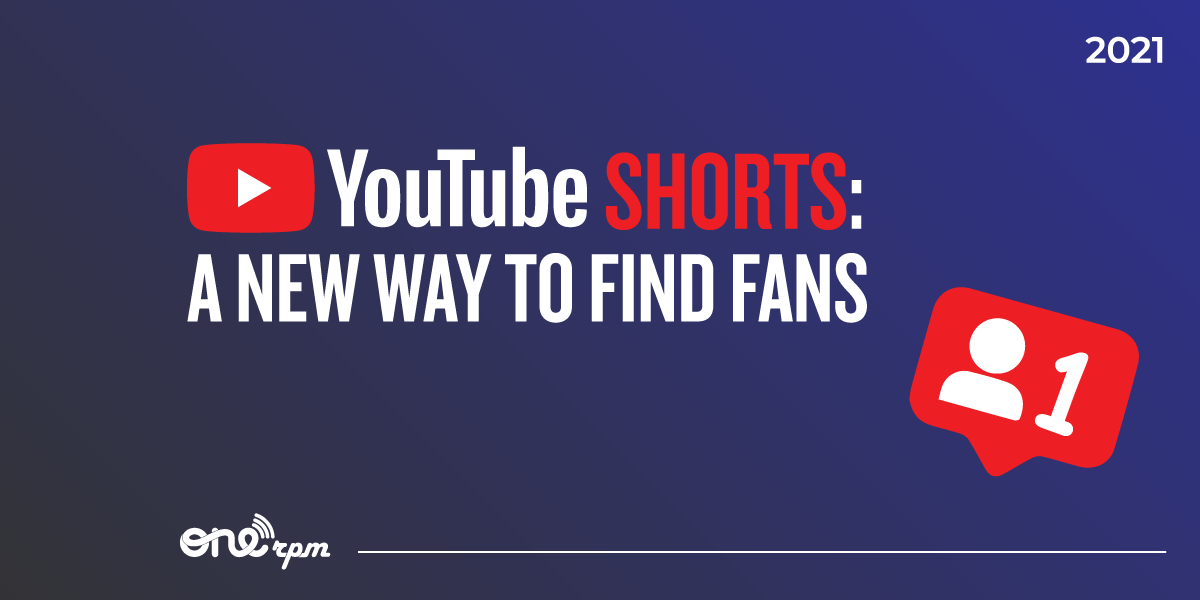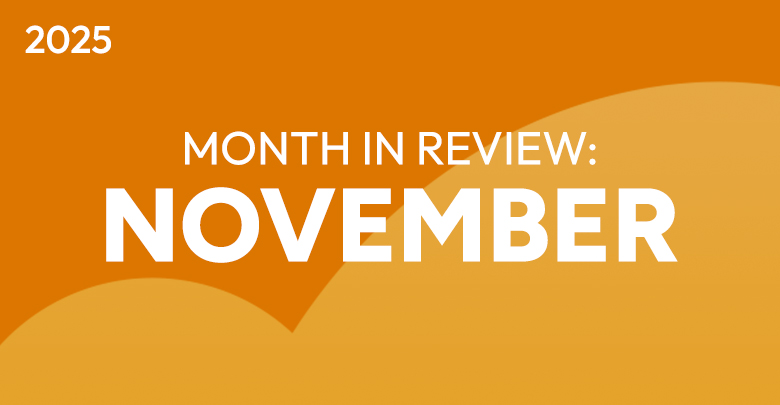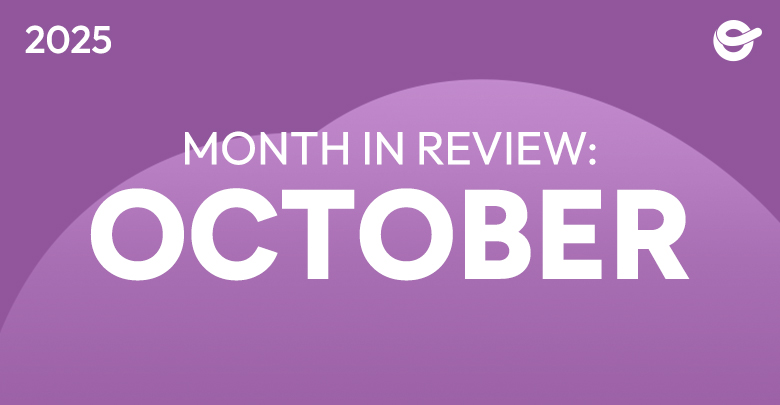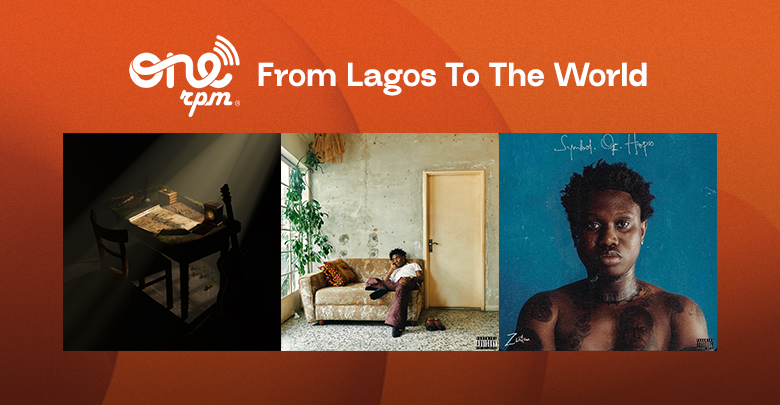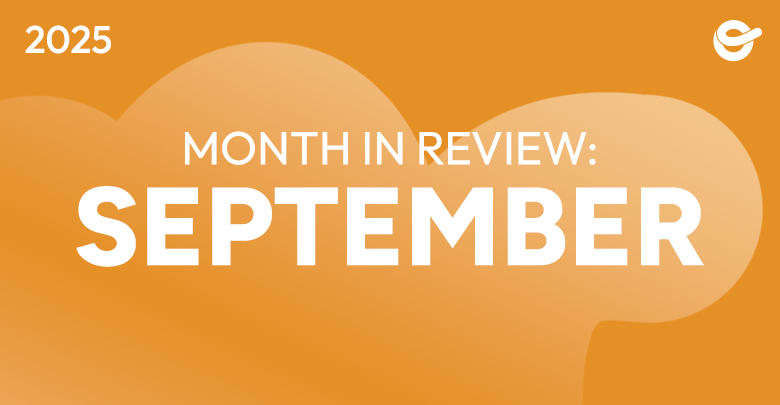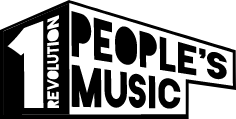
Payment Chain in Music Publishing: Who’s Involved and How It Works
Get to know the communication chain between songwriters, publishers, record labels, platforms, and collective management organizations (CMOs).
In the music industry, just because a song is played doesn’t always mean its author receives the correct payment. For publishing royalties to reach their destination, there’s a communication chain between songwriters, publishers, record labels, platforms, and collective management organizations (CMOs). This chain relies on precise metadata and international standards that allow all parties to “speak the same language.”
In this article, we explain step-by-step how information flows and which data is essential for a work to generate and pay royalties correctly.
1. Work Registration: The Starting Point
It all begins when a song is created and registered.
Here, two types of entities come into play:
- Songwriters and composers: Those who write the lyrics and/or music.
- Music publishers: Responsible for representing authors and administering their publishing rights.
Registration is essential for the work to be identified and protected. Standards such as CWR (Common Works Registration) and DDEX formats like MWN (Music Work Notification) are used to send information in a standardized way to CMOs.
Key metadata at this stage:
- Title of the work: Example: Shape of You
- ISWC (International Standard Musical Work Code): Identifies the composition internationally; assigned by a CMO.
- Songwriters and split percentages: Example: Ed Sheeran 50%, Steve Mac 25%, Johnny McDaid 25%.
- Linked recording data: ISRC (if the recording already exists).
Example:
A songwriter in Colombia registers a song with SAYCO, including all authors and splits, and links it to their publisher. That information travels through the CMOs’ systems worldwide so the work can be identified when used.
2. Matching with the Recording
A composition alone doesn’t generate royalties in the digital environment; it must be matched with a recording that has its own identifier: ISRC (International Standard Recording Code).
This match allows platforms like Spotify to identify which composition is behind a given recording when they report usage.
Key metadata here:
- ISWC ↔ ISRC link: Work-recording relationship.
- Performer’s name.
- Producer and record label.
Example:
The song Hallelujah has dozens of recordings (Jeff Buckley, Rufus Wainwright, Pentatonix, etc.). Each must be linked to Leonard Cohen’s ISWC for him to receive royalties.
3. Usage Reporting
When a song plays on digital platforms, TV, radio, or live, a usage report is generated indicating:
- Which song was used.
- How many times.
- In which territory.
- In what context (streaming, sync, public performance).
In the digital environment, these reports are often sent in DDEX formats like the DSR (Digital Sales Report), including identifiers and metadata for catalog matching.
However, reports can also arrive in non-standard formats (Excel, CSV, PDF, or plain text).
Key metadata here:
- ISRC and/or ISWC.
- Title of the work and recording.
- Platform or medium (Spotify, YouTube, radio).
- Date and territory of usage.
- Type of usage (stream, download, public performance).
4. Data Processing and Matching
The CMO or publisher receives the reports and must match them:
- Is this ISRC/ISWC in our catalog?
- Do we have the correct split percentages?
- Did the usage occur in a territory where we manage those rights?
If data is incomplete, royalties can end up as “unidentified money” or black box royalties. That’s why complete and standardized metadata is crucial. Keep in mind each CMO has its own retroactive payment policies: some don’t pay retroactively, while others have time limits—usually between 3 and 5 years.
5. Royalty Calculation and Distribution
Once the use of the work is identified, royalty calculation and distribution begins. Several parties are involved:
- Digital platforms (Spotify, YouTube, Apple Music, etc.) and CMOs generate reports detailing usage: how many times the song was used, where, when, and in what type of use (stream, download, public performance, sync).
- Music publishers receive these reports, cross-check them with their catalog, and verify they match the registered works (matching process). Once confirmed, they apply:
- The value paid by the platform or CMO.
- The applicable rate based on the type of use.
- The agreed splits between songwriters and publishers.
- CMOs, when acting as intermediaries, also perform the calculation and distribute money between publishers and authors.
6. Payment to the Author
Finally, the publisher or CMO deposits the money to the author as agreed in their contracts, along with a detailed statement showing:
- Which songs generated royalties.
- In which territories.
- Corresponding amounts.
A poorly registered data point can mean a song won’t generate income—even if it’s played millions of times. For an author or publisher, investing in precise metadata is investing in future income.
If you’re a songwriter, make sure to:
- Register your works with ISWC and clear splits.
- Link your works to the correct recordings with ISRC.
- Keep your catalog up to date.


